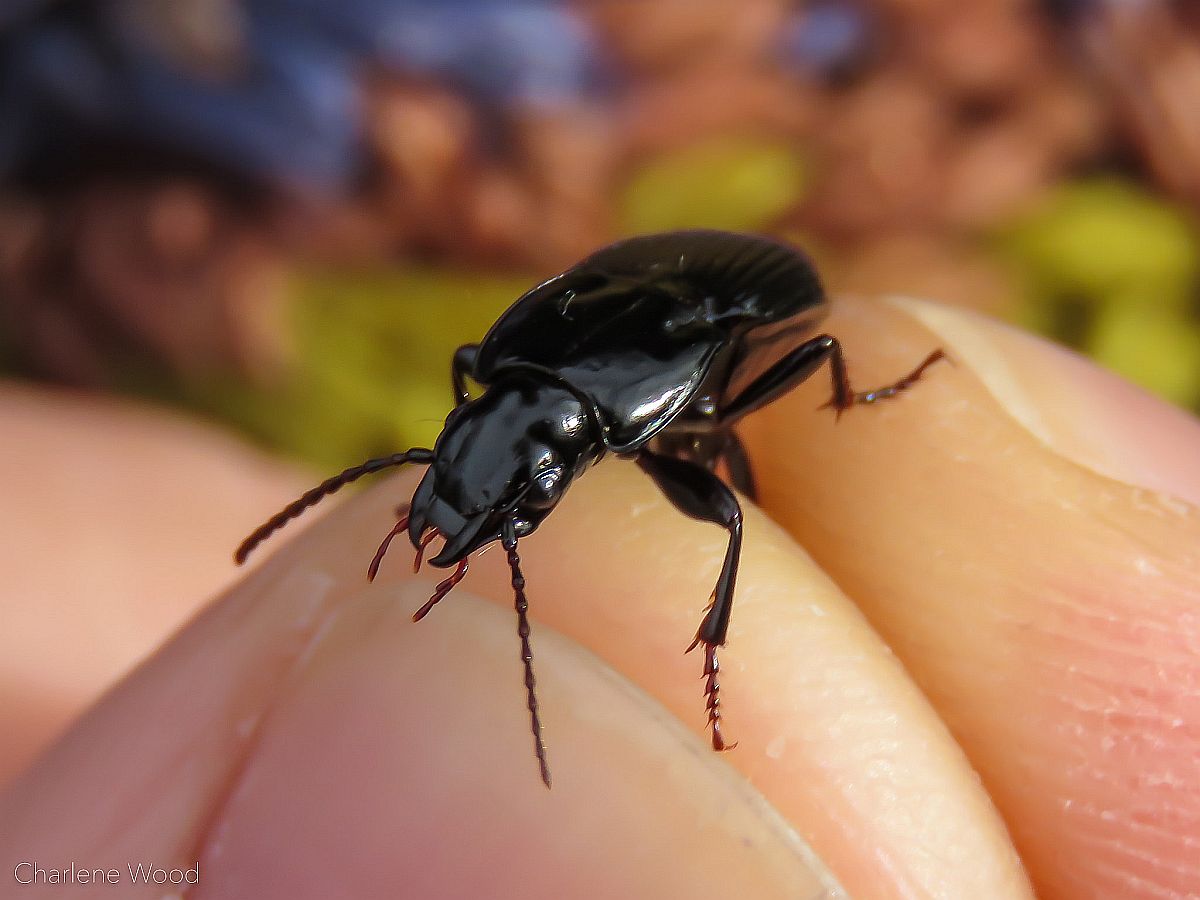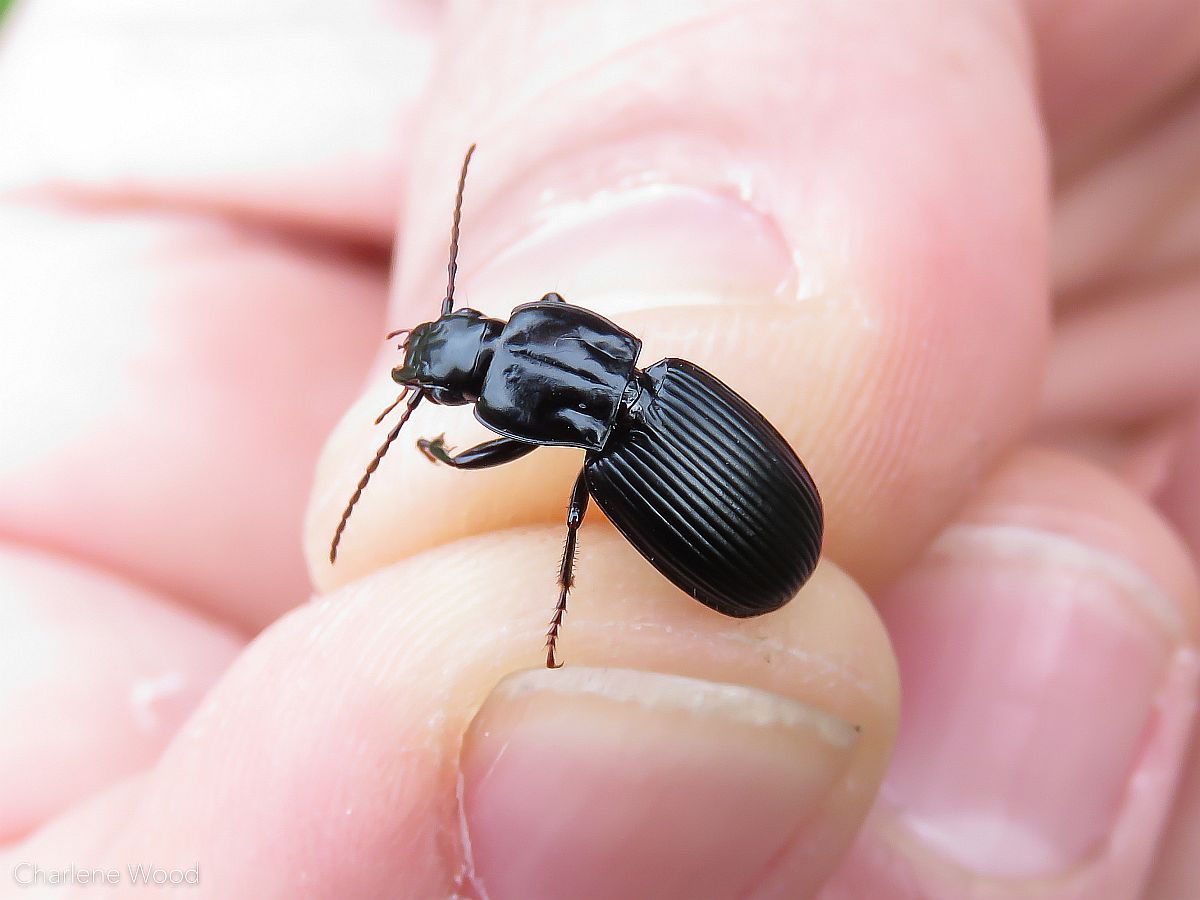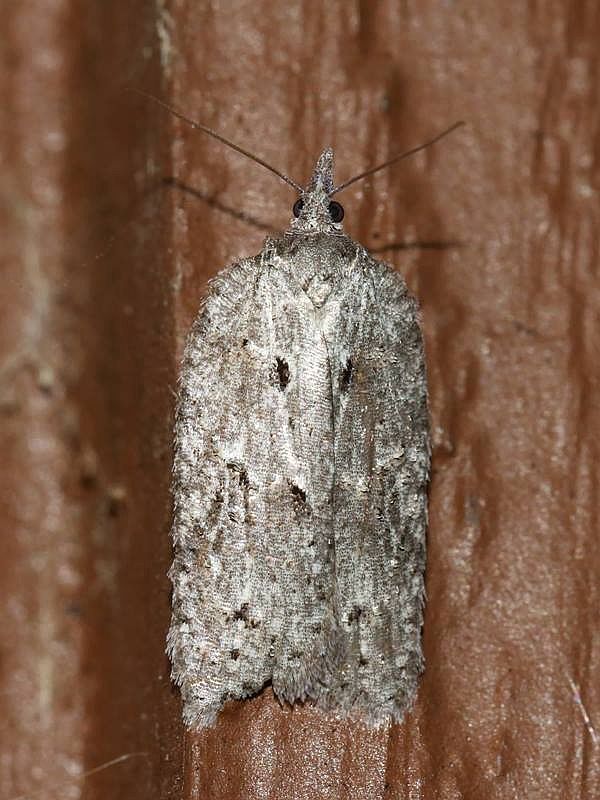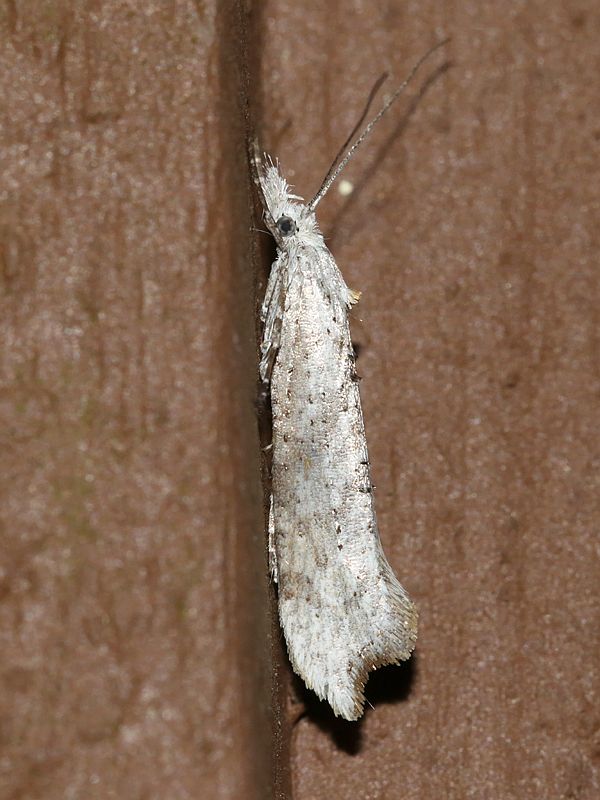February 12
2016 February 12
Charlene Wood writes: I was exploring Summit Park on Saturday February 6 with Zaid Jumean and we decided to check for beetles overwintering under rocks and logs in the remnant Garry Oak woodland. We found (examined, photographed, and released) Pterostichus algidus.
Charlene continues: Pterostichus algidus is a Pacific Northwest species ranging from Alaska to Oregon, east to ~Agassiz in BC and is common on Vancouver Island. It is known to occur in forests (deciduous, mixed, and coniferous) as well as open habitats with rich vegetation. Associated with shaded ground covered with logs. Active at night, sheltering under logs during the day. Moderate runner that is incapable of flight (wings reduced and not functional).
The shape of the pronotum and presence of stiff setae on the underside of the last metatarsal segment are diagnostic. A dull black beetle with mouthparts, antennae, and tarsi usually piceous in color. Length 12-16 mm.
Jeremy Tatum writes: I asked Charlene what “piceous” was! She replied: “It’s a common brownish/reddish/blackish colour used in beetle keys.” Ah, yes! I can see it now in the photos! – Jeremy

Pterostichis algidus (Col.: Carabidae) Charlene Wood

Pterostichis algidus (Col.: Carabidae) Charlene Wood
Jeremy Gatten writes: Ever since the weekend warm-up, I’ve been checking on moths and they are certainly on the wing. My first attempt to determine if moths were about was on Saturday. I was out in Metchosin for some birding, so I popped in to Hans Helgesen Elementary School and checked the walls. I thought it was going to be fruitless, but the first light I checked had a single Triphosa haesitata there – the large geometrid boded well for the rest of the lights! I made my way around and added Egira hiemalis, Hydriomena nubilofasciata, and Eupithecia annulata to the list. I also had a different pug, but it decided to be very sensitive to movement and flew off before I could raise my camera. Fast forward to Tuesday night, I had the light on at my place and had more of the same plus Ypsolopha falciferella and Acleris maximana. I will need to check my photos when I get home, but I also had a Lithophane this morning, which is probably pertorrida but I will ensure it’s not baileyi.
I have attached photos of the micromoths because they are always trickier to photograph and are probably under-represented.

Acleris maximana (Lep.: Tortricidae) Jeremy Gatten

Ypsolopha falciferella (Lep.: Plutellidae) Jeremy Gatten
